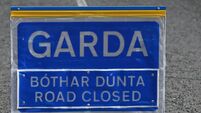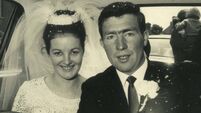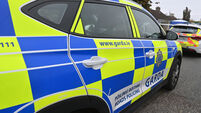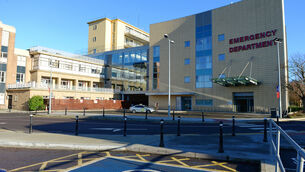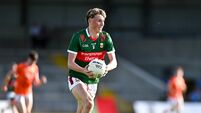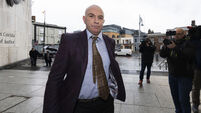Bloody Sunday: IRA evidence ‘too limited’
A lawyer today challenged whether the Saville Inquiry could ever establish what the IRA did on Bloody Sunday because of a ‘‘paucity’’ of direct evidence from the group during the four years since the inquiry opened.
Gerald Elias QC made the claim as Counsel to the Inquiry, Christopher Clarke QC, disclosed that only nine people in total belonging to both the Official and Provisional wings of the IRA had made themselves known to the tribunal.
Sinn Fein’s Martin McGuinness is one of them, having admitted being the IRA’s No 2 and adjutant in Derry at the time but maintaining that their guns remained silent all day.
However Mr Elias, who represents soldiers at the tribunal, said: ‘‘Whether there is a view in that organisation (the IRA) that they do not need to give evidence because Mr McGuinness is going to testify, of course we cannot say.
‘‘If that is the perception, we would expect the tribunal would find it no more acceptable than if the adjutant of the First Battalion the Parachute Regiment proposed to give evidence as to what the battalion had done on Bloody Sunday in place of evidence from individual soldiers, particularly, in the light of the fact that Mr McGuinness indicates in his recently-disclosed statement that IRA members were on the Bloody Sunday march.
‘‘If the evidence from the IRA remains as limited as it does at present, then of course the tribunal will have to grapple in its final report with the question of what inferences are to be properly drawn from the paucity of direct evidence in that area of the inquiry.’’
The subject, a recurring theme of the inquiry, came up again on the eve of the 30th anniversary of the Army shootings in Derry’s Bogside which claimed the lives of 13 Catholics during a civil rights march.
The Inquiry, chaired by Lord Saville of Newdigate, is to start receiving oral evidence from members of the Royal Ulster Constabulary - recently renamed the Police Service of Northern Ireland - next week after more than a year of listening to civilian eyewitness testimonies.
The tribunal was established in 1998 and has been sitting in public since March 2000. It is expected to report back in 2004 with final costs likely to have topped £100m (€127m).
At the opening of the inquiry, Mr Clarke said the tribunal had written to 40 people it had reason to think were members of the IRA or connected to it - and Mr Elias said today that that figure had probably risen in the intervening months.
Mr Clarke told the hearing that the ‘‘declared’’ IRA members before the inquiry included six people who belonged to the now-irrelevant Official IRA - five of whom have been granted anonymity; a veteran Provisional, Tommy McGlinchy, who drove the Civil Rights lorry on Bloody Sunday; Mid Ulster MP Mr McGuinness; and another man known as Mr X, who has applied for anonymity.
The Official IRA have been blamed within Derry for two well-documented cases of gunfire inside the Bogside on Bloody Sunday.
Responding to Mr Elias’s questions about civilian witnesses who have not yet appeared at the hearings, Mr Clarke said they included a ‘‘substantial’’ number who had been certified as sick, a ‘‘limited’’ number with whom the inquiry had lost touch, and seven who had simply refused to attend.
He also spoke of difficulties ‘‘inherent’’ in giving details of numbers of known or suspect IRA members, confirming that the amount of information had grown since March 2000 but adding that it was varied in quality.
Mr Clarke continued: ‘‘More importantly much of the material is potentially itself the subject of a public interest immunity application. Specification of numbers may give a misleading impression, both as to accuracy or relevance.’’






